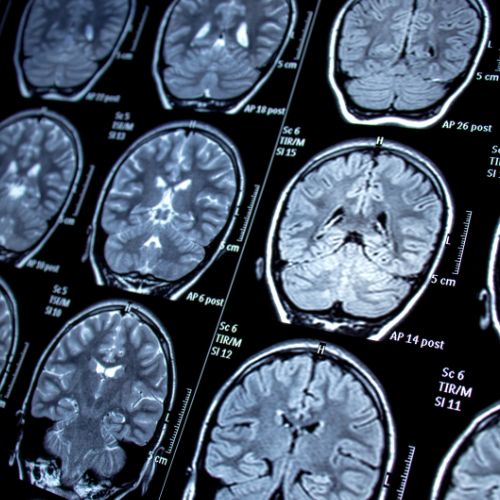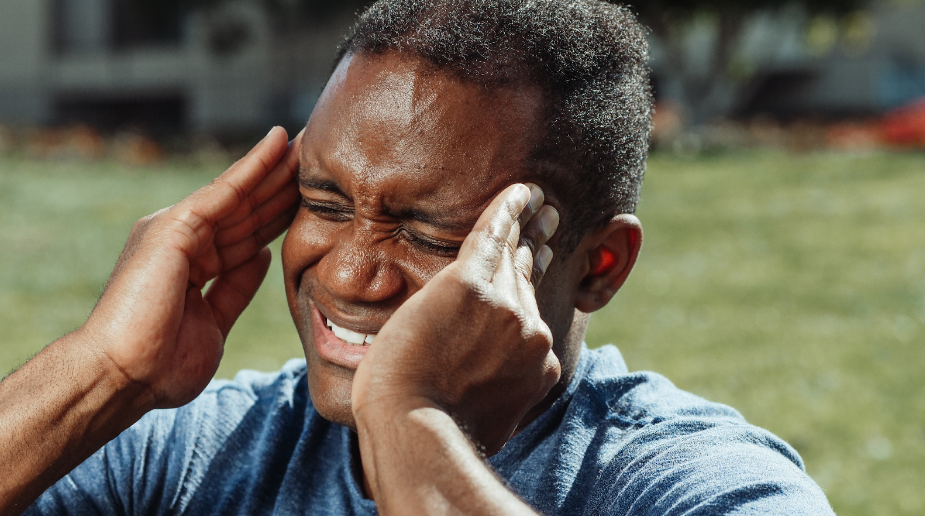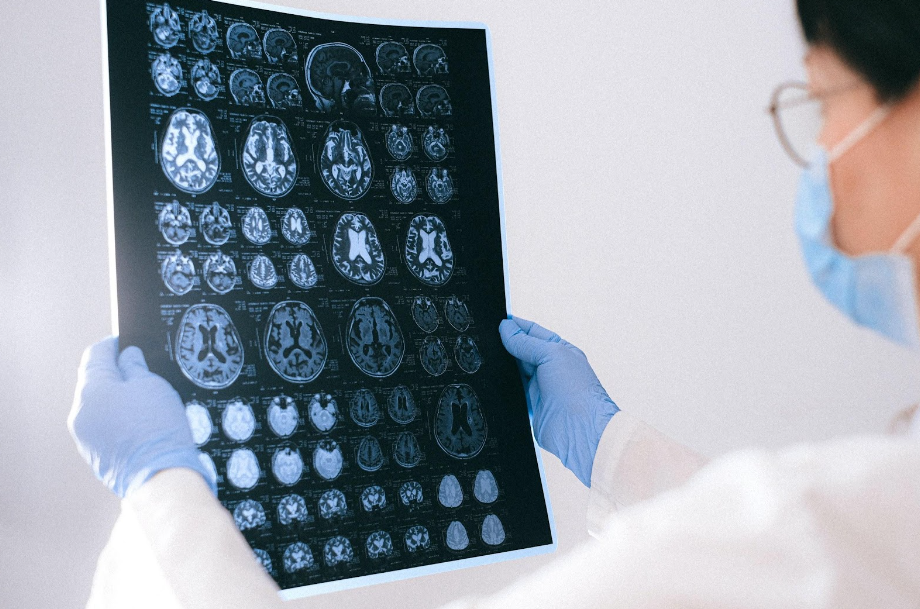Celebrating Cancer Survivors: A Focus on Brain and Spine
Celebrating Cancer Survivors: A Focus on Brain and Spine

June is Cancer Survivor's Month, a time to honor and celebrate the millions of individuals who have faced cancer and are living proof of the progress made in cancer research and treatment. Cancer can affect any part of the body, and in this blog post, we will focus on two areas that are critical to our mobility and quality of life: the brain and spine.
Read on to learn about the common types of cancer that affect the brain and spine, the symptoms to watch out for, the diagnosis and treatment options available, and more.
Brain Cancer: An Overview
Brain cancer is any type of cancer that grows in the brain. There are two main types of brain tumors: primary and secondary. Primary brain tumors start in the brain, while secondary tumors originate in other parts of the body and spread to the brain. Some of the most common types of primary brain tumors include gliomas, meningiomas, and pituitary tumors, among others. Secondary brain tumors are more common than primary brain tumors, and they are usually caused by the spread of cancer from other parts of the body, such as the lungs, breasts, or skin.
Common Symptoms of Brain Cancer
Common symptoms of brain cancer include headaches, seizures, vision problems, speech difficulties, and cognitive changes. It is important to note that not all brain tumors cause symptoms, and some symptoms may be subtle and develop gradually, making them harder to notice.
Diagnosis and Treatment Options
The diagnosis of brain cancer involves a physical exam, imaging such as CT or MRI, and a biopsy or surgery to confirm the diagnosis. Treatment options include surgery, radiation therapy, chemotherapy, or a combination of options.
Spinal Cancer: An Overview
Spinal cancer is a rare type of cancer that affects the bones or tissues of the spine. Like the brain, secondary spine tumors are much more common, as they are usually caused by the spread of cancer from other areas. Primary brain tumors come from the spinal tissue itself but can affect different portions of the spine. The tumor can affect the spinal cord/nerves themselves in cases like ependymomas, astrocytomas, and neurofibromas, among others, or affect the bones/joints of the spine in cases like osteosarcoma, lymphoma, and chordomas, among others.
Common Symptoms of Spinal Cancer
Common symptoms of spinal cancer include back pain that worsens at night or with movement, weakness or numbness in the arms or legs, and difficulty walking. Other more severe symptoms may include loss of bladder or bowel control, or even paralysis.
Diagnosis and Treatment Options
Diagnosis of spinal cancer involves a physical exam, imaging such as X-ray, CT, or MRI, and a biopsy or surgery to confirm the diagnosis. Treatment options include surgery, radiation therapy, chemotherapy, or a combination of these.
Coping with Cancer
Cancer can be a traumatic experience for patients and their loved ones. It can take a toll on their mental health, causing anxiety, depression, fear, and stress. Mental health is just as important as physical health, and cancer patients and survivors need to address their emotional and psychological needs during treatment. Seeking support and talking to someone about what you are going through as a cancer patient and survivor can help heal the mental toll that cancer has on the body, which in turn will make your treatment all-encompassing and leave nothing out that should be addressed.
Cancer patients and survivors may feel isolated and alone, especially due to their weaker health, which causes them to be weary of social situations as they might grow ill because others they socialize with might be carriers of other illnesses such as a common cold. The emotional and psychological impact of cancer can affect their overall quality of life as well. Addressing mental health concerns can help those coping with cancer and can also improve the overall well-being of patients and survivors.
Support Systems for Cancer Patients and Survivors
Support systems play a huge role in helping cancer patients and survivors cope with the emotional and psychological impact of cancer. Family, friends, support groups, and counseling can provide emotional support, encouragement, and a safe space to talk about their feelings.
Family and friends can provide practical support by helping with daily tasks such as cooking, cleaning, and transportation to medical appointments. They can also offer emotional support by listening, providing comfort, and being there for their loved ones. A strong support system can help cancer patients and survivors feel less alone and more connected to others.
Support groups are another valuable resource for cancer patients and survivors. They provide a safe and supportive environment where people can share their experiences, learn from others, and offer emotional support. Support groups can help patients and survivors feel less isolated and more understood. They can also provide valuable information about coping strategies and resources.
Counseling can also be a helpful resource for cancer patients and survivors. It can provide a safe and confidential space to talk about their feelings, fears, and concerns. A therapist can offer emotional support, help patients and survivors develop coping skills, and provide guidance on how to manage stress and anxiety.
Coping Strategies for Cancer Patients and Survivors
Coping with cancer can be challenging, but there are strategies that patients and survivors can use to manage their emotions and improve their well-being:
- Meditation: Meditation and mindfulness practices can help cancer patients and survivors reduce stress and anxiety. These practices involve focusing on the present moment, breathing exercises, and relaxation techniques. Meditation and mindfulness practices can help patients and survivors feel more centered and calm.
- Exercise: Regular exercise can help cancer patients and survivors manage stress, improve mood, and boost overall well-being. Exercise can include activities such as walking, yoga, or strength training. Patients and survivors should talk to their healthcare providers before starting an exercise program.
- Journaling: Writing down thoughts and feelings can be a helpful way for cancer patients and survivors to express themselves and process their emotions. It can also provide a record of their experiences and help them track their progress.
- Art Therapy: Art therapy is a form of therapy that involves using art to express emotions and reduce stress through activities such as painting, drawing, or sculpting. Art therapy can help cancer patients and survivors express themselves creatively and promote relaxation.
- Support Groups: Joining a support group can provide cancer patients and survivors with a sense of community, understanding, and support. It can help them feel less isolated and more connected to others who are going through similar experiences.
Celebrating Strength
Celebrating cancer survivors recognizes the strength and resilience of those who have faced cancer. Take an opportunity this June to show your support for cancer survivors that you may know, help raise awareness about the disease and the challenges it presents, and promote programs and events that help support cancer survivors.
Celebrating Cancer Survivors Month is an opportunity to raise awareness about the importance of early detection and cancer prevention. It is a time to acknowledge the progress that has been made in cancer treatment and to encourage continued research and innovation.
At IGEA Brain, Spine & Orthopedic, we specialize in diagnosing and treating issues relating to the brain, spine, and musculoskeletal system. Our team of experts can help you find the relief you need while giving you the care and compassion you deserve. Contact us https://www.igeaneuro.com/contact-us today to learn more.







